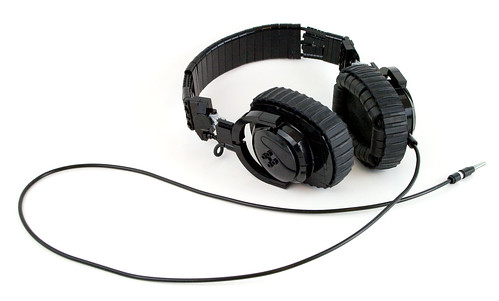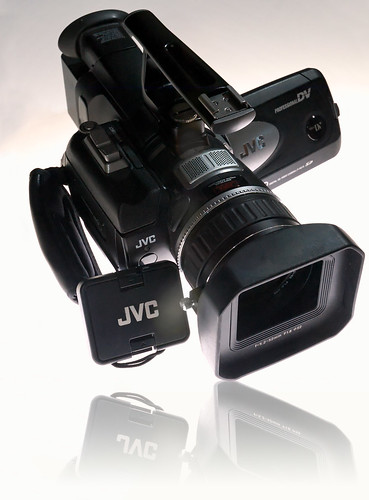Text
 These are some general guidelines that can be used for any resource which contains text. Following them can make text more readable for all students.
These are some general guidelines that can be used for any resource which contains text. Following them can make text more readable for all students.
- Use a plain easy to read font (sans serif), examples include Arial and Verdana.
- Ensure text is a readable size. For common fonts such as Arial or Verdana we would advise a minimum 12/14 for material to be printed and size 24 for presentations.
- Avoid using green, red/pink as these can be hard to read for people who find it difficult to distinguish colour.
- Do not use colour to convey meaning, (e.g. changing a word to red to emphasise it) this will be inaccessible to people who find it difficult to distinguish colour. Make it bold instead as well as having it in colour.
- Ensure there is a contrast between the colour of the text and the background.
- Avoid underlines and italics.
- Use left justified text.
- Use 1.5 line spacing so text is not cramped together.
For more specific advice on using Microsoft word, please refer to guidance on creating accessible documents.
For more guidelines take a look at the British Dyslexia Association Dyslexia Style Guide.
Images
This section looks at guidelines for making images more accessible to students.
These are some general guidelines that can be used for any resource which contains images.
- Ensure that an alternative explanation of an image/diagram/chart/graph is provided and is appropriate (this could be text or audio). This is not important for purely decorative images but is essential for images which convey information.
- Flow charts and diagrams can help to explain procedures.
- Charts and graphs should avoid the use of green, red or pink as this can be hard to distinguish from other colours for colour blind individuals.
- Consistent graphics can help locate information within a long document or presentation.
- Avoid text within an image. If it is used always provide an alternative explanation in the main text.
Further information on making images accessible can be found at WebAIM.
You may find it useful to look at the Poet Training Tool which provides best practice guidelines and exercises that will help you grow your skills in writing effective image descriptions.
This free resource is broken up into 3 helpful sections:
- Helps you determine when a description is actually needed.
- Provides guidelines on how to write an effective description (with examples).
- Upload content and practice writing your own descriptions.
Audio
This section looks at guidelines for making audio more accessible to students.
These are some general guidelines that can be used for creating and using audio. It makes audio more accessible for all students.
- Audio can add a personal dimension to a resource which some students find easier to engage with than text based material alone.
- Outline what you want to say before recording – this can make it easier to write a transcript after the recording is complete. However, avoid reading from a script as this can often make you sound robotic and less natural.
- Check the recording levels before you start recording – this helps to make sure you do not waste your time having to re-record the piece because the recording volume is too low.
- Ensure that you are recording in a quiet space where you will not get interrupted – this helps to alleviate background noise, which can make recordings harder to hear.
- Pace yourself when talking. This can help you to articulate words making it easier for students to hear and understand what is being said.
- Listen back to the recording to check that you can hear it and that words are spoken clearly.
- Adapt the outline into a transcript to upload with the audio file.
We have also created a useful checklist which provides a manual way to check the accessibility of audio.
Another useful resource is the one produced by the UK Association for Accessible Formats this provides guidance on what to think about when creating information in an audio format.
Video
This section looks at guidelines for making video more accessible to students.
These are some general guidelines that can be used for creating and using video. It makes video more accessible for all students.
- Video often contains both visual and audio information for this reason you will need to consider both of these elements when making your learning resource accessible.
- Audio information will need to be conveyed via captioning, subtitles or video of a BSL (British Sign Language) signer.
- Plan what you want to record – this helps to ensure that the message you want to get across is conveyed clearly. You might also consider writing a script as this can help to structure the content of the video and be adapted to form a transcript of the audio.
- Make sure that the camera is positioned to capture all of the content you need and focuses clearly on the subject, otherwise it can be difficult for students to view.
- Check the recording levels before you start recording – this helps to make sure you do not waste your time having to re-record the piece because the microphone is too low.
- Ensure that you are recording in a quiet space where you will not get interrupted – this helps to alleviate background noise, which can make recordings harder to hear.
- Pace yourself when talking. This can help you to articulate words making it easier for students to hear and understand what is being said.
- Review the recording to check that you can clearly hear and see everything the student needs.
- Provide a transcript or closed captions of the audio track –
- If the Media Team have helped you to produce the video then you can discuss with them how you can get captions added.
- If you have created the video yourself, how you add captions depends upon the software you are using to edit the video. The Media Team can also advise you on how this might be done.
- Alternatively you could type a transcript based on the script or plan you created at the beginning of the process.
- Provide audio descriptions – you may want to consider whether audio descriptions are necessary for the video. It is only needed if the action in the video is not discussed within the audio track. If you feel this is needed, then please talk to the Media Team who can discuss options with you.
We have also created a useful checklist which provides a manual way to check the accessibility of video.
More information on meeting the standards for video accessibility can be found in this free ebook.



